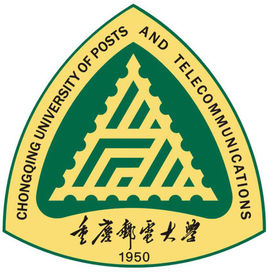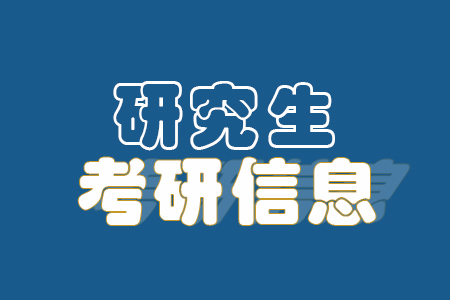2018考研复习进行时,考研英语阅读真题中的文章,多摘自英美主流外刊,有时候你认识所有单词、搞清全部语法还不够,还需要了解英美文化,掌握他们的表达方式,这就是阅读的潜台词。下面新东方在线考研整理《2018考研英语双语阅读精选》,速来学习吧!
Fighting fake news
新闻 打假 ,转发是关键
导读:信息时代的来临,让我们在日常生活中接受一轮又一轮的信息轰炸,社交媒体上的假新闻也层出不穷。那么,要如何才能有效地遏制这些泛滥的假新闻呢?
Whose story would you believe: your favorite social media star s or a world famous newspaper s?
你会相信谁写的文章:你最喜欢的社交明星,还是世界知名报纸?
A recent study, called Media Insight Project, discovered something interesting. The project, funded (资助) by the American Press Institute and The Associated Press-NORC Center for Public Affairs Research, found that people s trust in a piece of content (内容) on Facebook was stronger if they trusted the person who shared it, regardless of which organization published it.
近期一项被称为 媒体洞察项目 的研究发现了一些有趣的事情。这个由美国新闻学会与美联社NORC公共事务研究中心资助的项目发现,如果脸书上的一则消息是由人们信任的人所分享的,他们对此的信任感就会更强,无论这则消息由哪家机构发布。
In the study, scientists built a fake (虚假的) Facebook post about health news and showed it to about 1,500 Americans. Half of them got the post from a sharer they said they trusted a public figure such as US TV star Oprah Winfrey. The others got it from a sharer they didn t trust. Half of them were shown that the article was published by news agency the Associated Press (AP), while the other half was shown a made-up news provider, Daily News Review.
在这项研究中,科学家们在脸书上发布了一则捏造的健康新闻,并将其展示给了1500个美国人看。他们当中有一半的人是从他们信任的分享者处 如美国电视明星奥普拉 温弗莉等公众人物 看到这一帖子;另外的人则是从他们不信任的分享者处获得消息。半数人被告知文章是由新闻机构美联社发布的,而另一半人则被告知文章来源于一个虚构的新闻供应方《每日新闻评论》。
The results showed that what mattered most was whether the story was posted by someone who people trust. For example, more people thought the article was accurate (准确的) if the sharer was trusted but the article came from a fictitious (虚构的) news outlet (49 percent). If the article came from the AP but the sharer was not trusted, the results were lower (32 percent).
结果表明,(调查中)最关键的是该文章是否由人们所信任的人发布。比如,如果分享者受到人们信任,就算文章来源于一个虚构的新闻单位,也会有更多的人相信文章的准确度(49%);如果文章出自美联社然而分享者却并不被信任,那么结果的数据就会低一些(32%)。
The participants were also more likely to share the article, follow the person who shared it, or otherwise engage (互动) with the post when they got it from someone they trusted.
当研究参与者们从自己信任的人那里看到了帖子,他们会更可能和分享文章的人一样转发该文章,或者在帖子下互动。
When people see news from a person they trust, they are more likely to think it gets the facts right, contains diverse (多样的) points of view, and is well reported than if the same article is shared by someone they are skeptical (怀疑) of, the researchers wrote.
人们从信任的人那里看见新闻,要比从自身的怀疑对象那里看见同一篇文章更有可能认为该新闻信息真实、包含多样的观点、并被广泛报道。 研究人员写道。
It seems that the same pattern also fits teenagers. A recent study by the nonprofit Common Sense Media claimed that teenagers are particularly trusting of news from family members and teachers. It showed that 66 percent of them said they trust the information received from family, compared with 25 percent for news organizations.
相同的情况似乎同样适用于青少年。非营利性机构 常识媒体 近期发布的一项研究称,青少年尤其相信从家庭成员和老师那里得到的消息。该研究表明,有66%的青少年表示,他们相信从家人那里得到的消息,而相信新闻机构的只有25%。
So what does this mean for social media users?
所以,这对社交媒体的用户来说意味着什么呢?
As citizens of information and consumers (消费者) of information, we have to learn how to be critical (批判的) of the information that we consume. Journalists have an important role to play in helping audiences navigate the news ecosystem (生态系统), Claire Wardle, a digital media researcher from First Draft News, said in an ABC TV debate on the rise of fake news.
作为信息公民和信息的消费者,我们需要学习如何批判地看待我们所消费的消息。新闻工作者在帮助受众们找到新闻生态系统的导向上扮演着重要的角色。 来自First Draft News网站的数字媒体研究员克莱尔 沃德尔在一场有关虚假新闻兴起的ABC电视辩论中如是说道。




